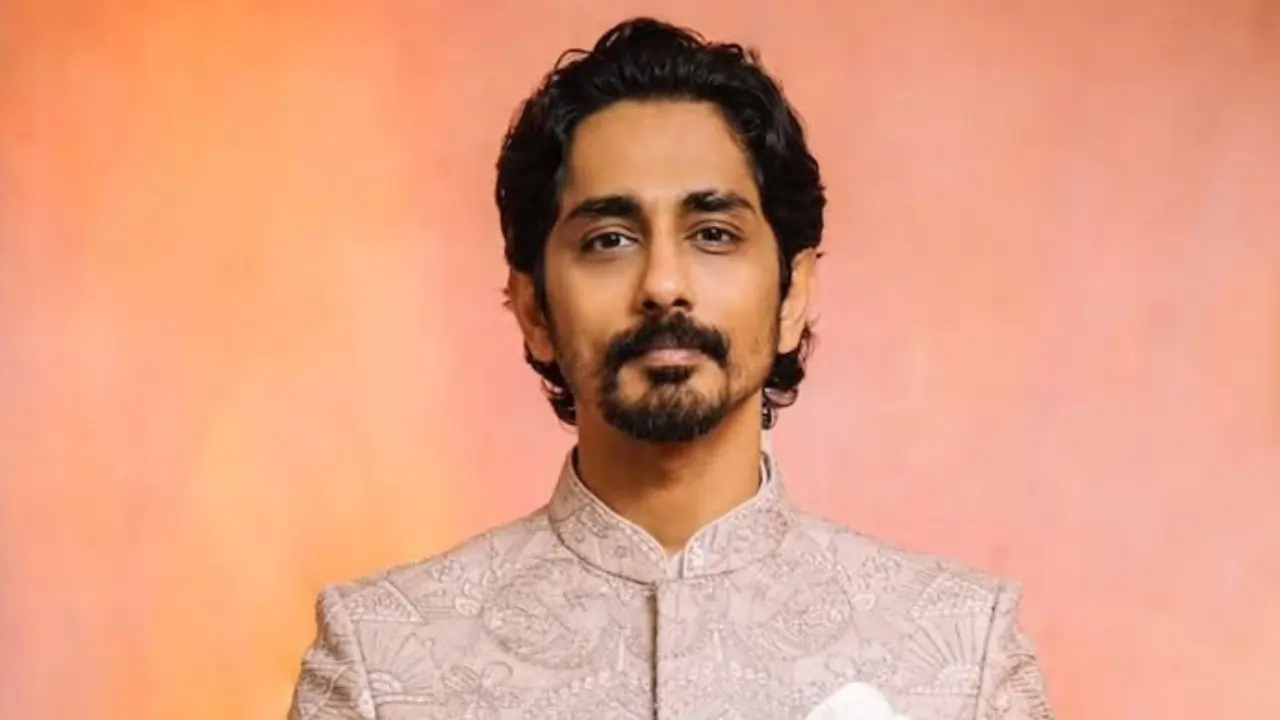
Naangal movie review: A Haunting Symphony of Family and Fracture
4 days ago | 5 Views
Naangal plot
Rajkumar, an educationalist portrayed by the talented Abdul Rafe, resides in an estate in Ooty with his three sons: Karthik (Mithun V), Dhruv (Rithik Mohan), and Gautham (Nithin D), along with their dog Kathy (Roxy). The absence of their mother, Padma (Prarthana Srikaanth), is profoundly felt. Rajkumar's control over his sons borders on abusive and authoritarian, as the dysfunction within their family remains a persistent shadow.
Naangal movie review
The concept of home can be intensely personal, yet often ambiguous and unexplored. Does home signify a place where familiarity persists despite the presence of discomfort? What does home represent for a young individual on the brink of understanding the harsh realities of life, especially when that child endures trauma within the confines of domesticity? In his debut film, Naangal, director Avinash Prakash, who has already showcased the film at various festivals, skillfully delves into this theme through an intimate and gradually unfolding narrative. The film subtly conveys its intended reflections without overtly stating them. Avinash introduces the Welsh term "Hiraeth" to encapsulate the essence of his film; it describes a profound longing for a home that one cannot return to, or perhaps one that never truly existed—a blend of nostalgia, yearning, and sorrow for lost places from the past. Naangal embodies this sense of hiraeth that the boys experience, even under their father's strict regime. It captures a time and space in their memories that anchors them to the present, allowing them to relive and cherish fleeting moments from their past. While stories of dysfunctional families are prevalent in Indian cinema, as seen in films like Koogle Kuttappa, Kudumbasthan, and Thiruchitrambalam, Naangal takes a more unconventional approach, and therein lies the film's unique beauty.
Karthik, Dhruv, and Gautham, though still in their teenage years, have assumed adult responsibilities. These three young men manage the estate house they share with their father, Rajkumar, who exerts a toxic influence over them. His intimidating tone is sufficient to compel one of his sons, responsible for cleaning the toilet, to rate its cleanliness at a mere 92% instead of 100% when questioned. Rajkumar shows no hesitation in smoking and drinking in front of his children, dictating their bathroom usage and enforcing an early wake-up time of 3:45 AM during Brahmamuhurtham. Avinash, who has both filmed and edited the documentary, does not portray the boys as feeling confined within the expansive mansion, which lacks electricity. Instead, the vastness of the space amplifies their sense of control and fear. Although the mansion is large, their choices are severely limited, evoking greater sympathy for the children. The contrasting color palette, shifting from dull interiors to vibrant exteriors, symbolizes the boys' experiences with and without their father. The atmosphere of empathy remains intact within Rajkumar's home, where he unleashes his cruelty at will. The boys appear frail, which is hard to reconcile with the typical vitality of their age, a time meant for play and outdoor activities. Yet, their physical state reflects the profound impact of emotional neglect.

Reflecting on the title after viewing the film, "Naangal" appears to be a fitting representation of the experiences faced by the family of men. The mother’s presence is felt intermittently, and while her actions may resonate, there is no expectation for logical explanations. Human behavior can be enigmatic, and probing into its absurdities may lead to feelings of absurdity oneself. It is more beneficial to observe their actions without seeking justification, and "Naangal" encourages this perspective. Avinash skillfully creates a film where individual moments hold significance, and actions serve merely to enhance these moments. The characters are not meant to be interrogated but rather to be engaged with, similar to how the boys coexist with their father, occasionally revealing their youthful innocence.
Experiencing "Naangal" can evoke a range of emotions—profound resonance, discomfort, nausea, or even an unexpected sense of comfort—because Rajkumar's household is not an uncommon one. Viewing them through a lens of non-judgment allows for contemplation. One might ponder how Rajkumar would have changed had he had a daughter, or consider what might have happened if Padma had chosen to remain for her children, as societal expectations often dictate for women. Additionally, one may speculate on the future paths of the three boys: would they become villains, social outcasts, introverts, or conform to societal norms? However, "Naangal" does not linger on the family dynamics longer than necessary; it simply invites viewers to recognize the existence of such families, allowing for individual interpretations.
Naangal verdict
In conclusion, "Naangal" is a profoundly cathartic and poignant exploration of a dysfunctional family. This debut feature by Avinash Prakash is a film that serves as a valuable lesson in empathy and is essential viewing.
Read Also: Vishnu Priya movie review: A 90s Romance That Tests Modern Patience
Get the latest Bollywood entertainment news, trending celebrity news, latest celebrity news, new movie reviews, latest entertainment news, latest Bollywood news, and Bollywood celebrity fashion & style updates!





















